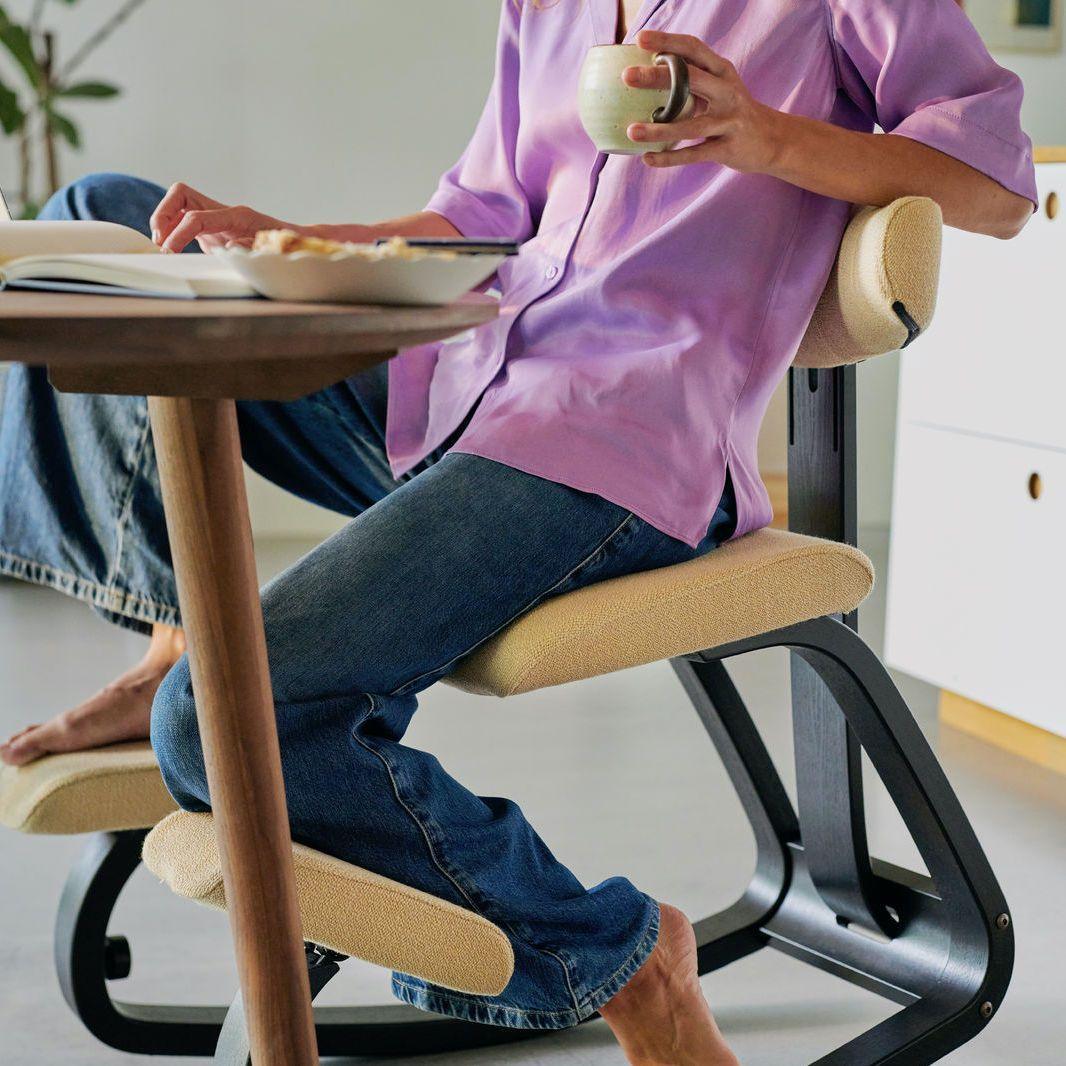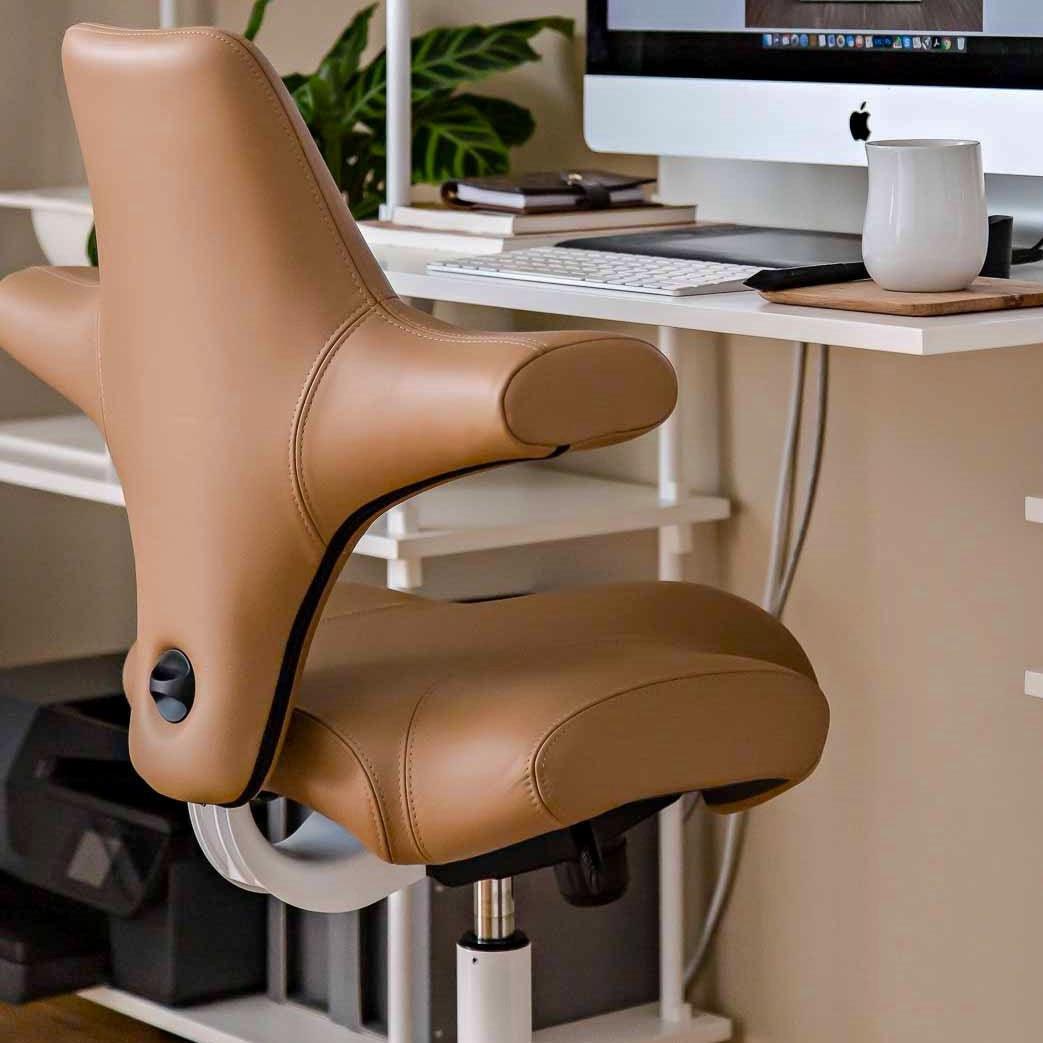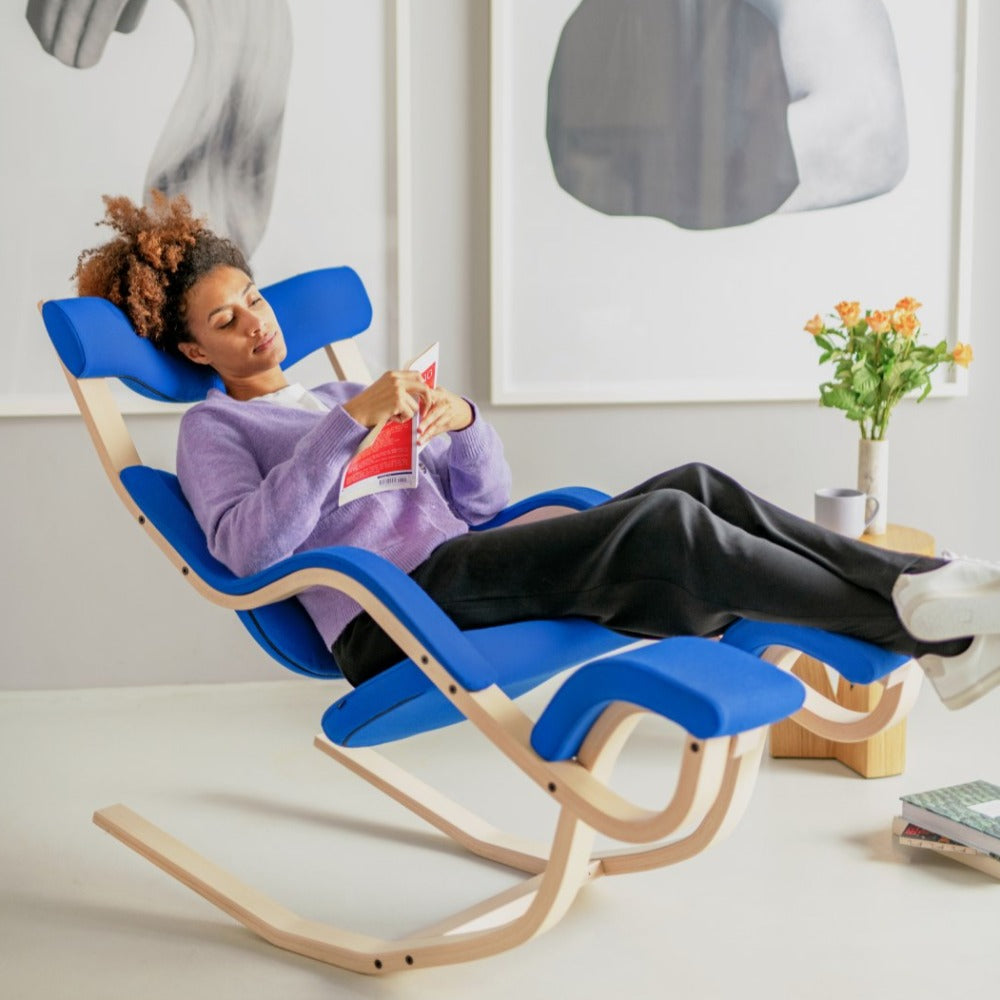Do you slouch? It’s okay to admit it, since just about all of us slouch at some point during the course of our waking hours (even though our elders drilled it into our heads since earliest childhood not to, ever).
Occasional slouching isn’t a problem. Chronic slouching is.
Slouching is poor posture—and poor posture is bad for us. So it’s important that we work at improving our posture (spoiler: in this post I won’t be talking specifically about exercises to improve your posture but will instead focus on other things that can help).
If you succeed at improving your posture, here are some of the benefits you can look forward to enjoying:
- Fewer aches and pains
- Easier breathing
- Healthier body
- Better mental outlook
- More energy and less fatigue
- Increased attractiveness
I wanted to add “extra height” to that list but couldn’t without an explanation, so here goes. If you have good posture, you stand straighter which makes you look taller. It also makes you look thinner.
Not meaning to get too technical, but it’s worth knowing that there are two types of posture (besides good and bad). The first type is called dynamic posture and it refers to how you hold yourself when you’re active. The second type is called static posture and it refers to how you hold yourself when you’re at rest.
The one we’re most concerned about in today’s conversation is static posture. Think about the times you’re at rest. During the workday, most of the resting we do is at our desks during the time we’re seated (and in some cases standing).
Disadvantages of traditional sitting
Traditional sitting is where you plant yourself in a chair designed to position your torso and lower extremities at a 90-degree angle from one another. Unfortunately, conventional chair designs in support of traditional sitting tend to promote bad posture of the back by encouraging slouching.
Slouching in a conventional chair puts pressure on the spine and intervertebral discs. This leads to weakening of the back muscles, especially in the lower back. The result is discomfort and pain, but potentially also shallow breathing, intestinal disorders, and a sluggish brain.

The problem with a conventional chair is the 90-degree angle it wants to shoehorn our upper and lower body into. If we sit like that for a few minutes, no problem. But to do so for a half-hour or longer is too hard on the hips. Consequently, our response—usually without thinking about it—is to slouch so that our hips feel relief.
The bad news is that this actually makes things worse for the hips. Likewise the knee joints.
Some makers of traditional chairs have tried to redesign them to be less slouch-inducing. The way they do that is by angling the front of the seat downward in order to increase the number of degrees between the torso and lower extremities. Experts in body mechanics have studied this design strategy and concluded that it doesn’t do much to support the lower back—instead, what it mostly does is make us feel like we’re going to slide off of the front of the chair.
One alternative to sitting in a conventional chair is to stand while working. That can be fine if you’re young, trim, and physically fit and already have good posture. Otherwise, you’re likely to develop health problems as a result of standing all day.
Spending hours on your feet puts pressure on your knees, hips, and back. From this pressure eventually can come arthritis, swelling, and much pain.
I kid you not when I say that standing can cause problems head to toe, for in addition to playing havoc with the health of your legs, hips, and back, standing can also mess up your ankles at one end of the body and your jaw muscles at the other (you’re probably wondering how standing can affect our jaw and the answer is standing tends to make us want to lean our head into a forward position which puts strain on the mandibular joint, not to mention the muscles of the neck and shoulders).
How to Improve Your Posture Easily
As mentioned above, I don’t have any improve your posture exercises to share in this post. But I will say that I’m a big fan of active sitting (which is why we carry products from Varier Furniture and Salli Saddle here at Phil Zen Design—those manufacturers are clearly leading the way in the active-sitting category). You just need to get used to a new sitting habit and the chair is doing the rest.
Active-sitting chairs promote better posture in a variety of ways. The most obvious is by allowing your body to move.
Movement is vitally important because our bodies are not meant to be inactive. They are instead meant to change position and to do so frequently. For example the Varier kneeling chairs we are selling daily work wonders in that regard. Using one model myself, it allows me to introduce kinetic activity in the upper muscles of my neck, which helps reduce strain and prevent muscle tension headaches. It's also great for strengthening my lumbar area and induces naturally a proper spinal curvature. It was a simple cost efficient change which had a big impact on my wellness.
But let’s say you’re stuck with a conventional chair. Happily, there are some things you can do to get at least a little of the benefits of an active-sitting chair. First, you might try taking more breaks to walk and stretch. These needn’t be long breaks—three to five minutes each should do the trick.
Another way to gain some of those benefits is to sit on the front edge of your chair with your legs spread wide (in this position, your thighs won’t be resting on the seat). Lean forward just slightly (there’s a sweet spot you’ll have to find by experimenting, but when you do find it your upper torso will feel balanced).
Final thoughts
Good posture is a key to better health, which is a key to a happier, balanced daily routine. However, good posture is not a matter of concern only while we are journeying through our workday. It’s also something we must be cognizant of from the time we arise in the morning until the time we….well, until the time we arise the following morning (because good posture during the hours we sleep is every bit as important as good posture during the hours we are awake, but that’s another story for another post). The main thing to remember is that good posture day and night helps you achieve maximum productivity and joy.





